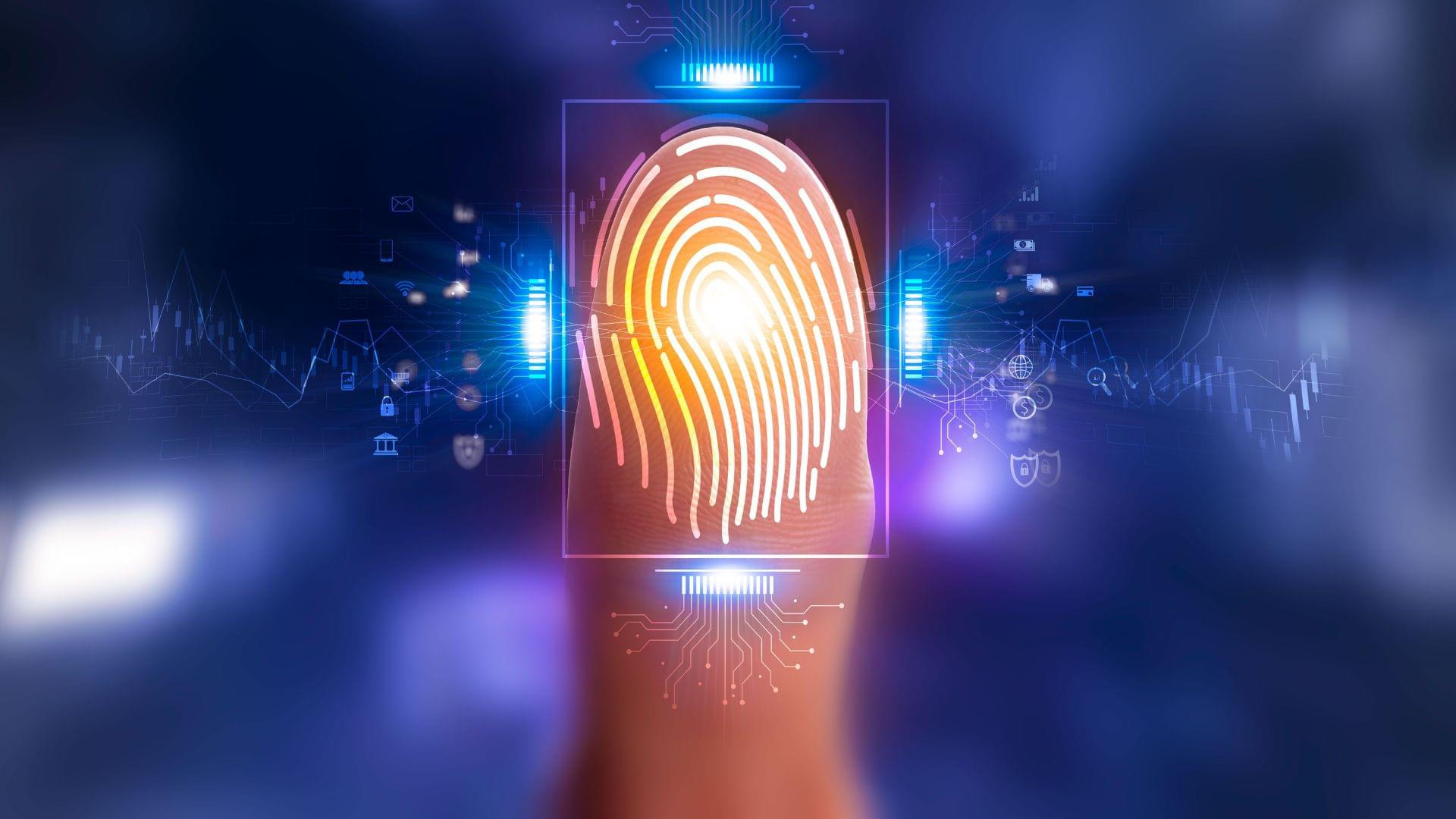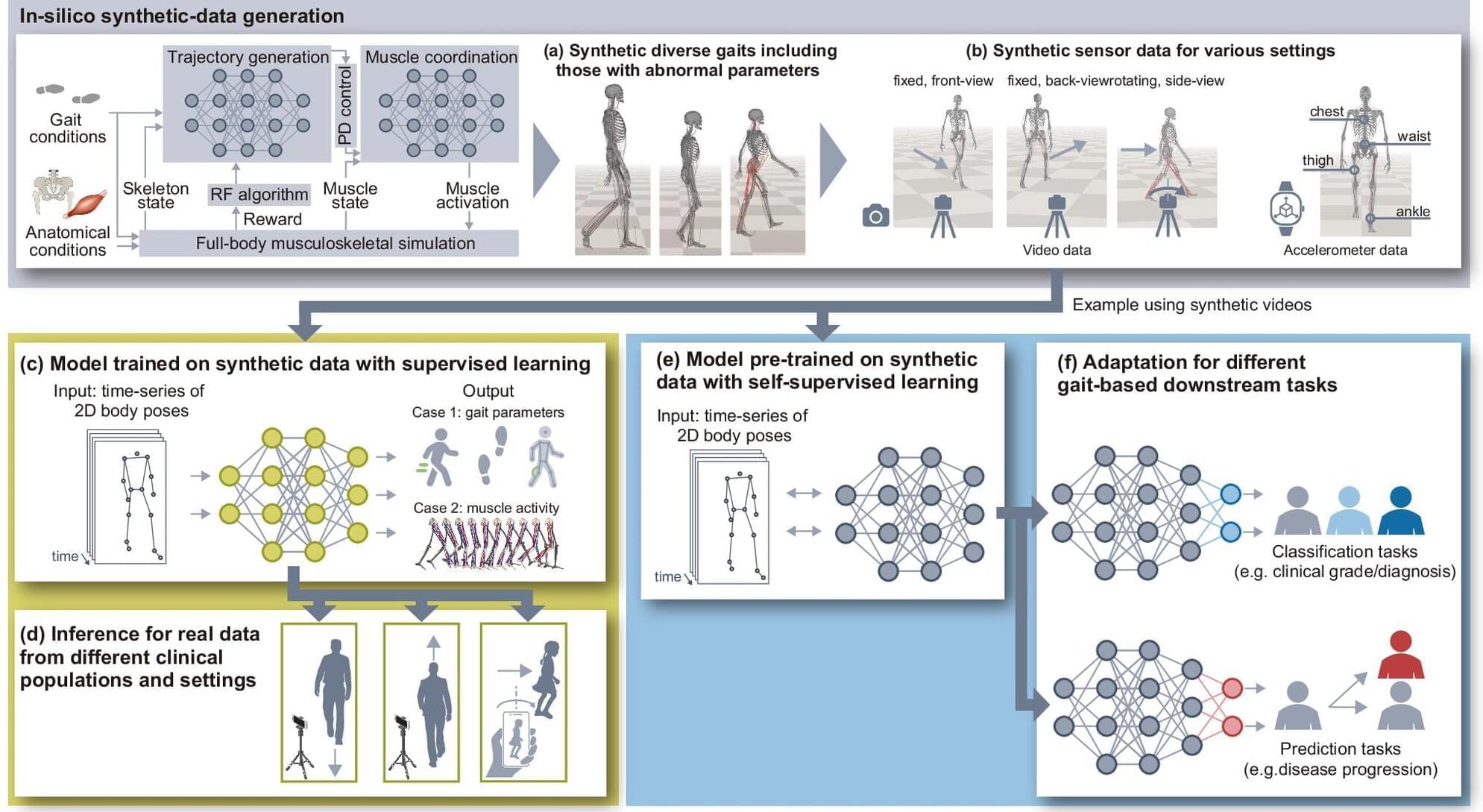Elon Musk added that for a limited time, Grok Imagine video generation is free to all users in the US region.
(You can access anything in any region with a VPN 🙄)
Generative Artificial Intelligence (gen AI) firm xAI, earlier this week, introduced the Imagine video generation feature in the Grok AI app for iPhones.
Now, the company has expanded the availability of the video generation feature to the Android version of the Grok AI app. Elon Musk confirmed the news on his social media platform X. Also, Musk added that for a limited time, Grok Imagine video generation is free for a limited time for US region users.
AI Innovation: xAI brings Imagine video generation to Grok AI Android app, now free for US users for a limited time.








